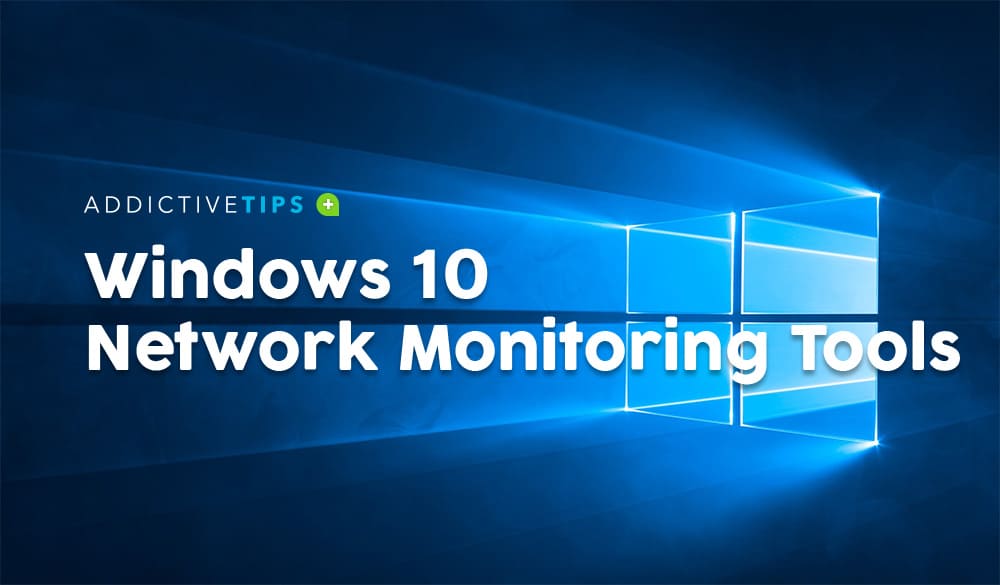

The extent to which a network device has used its computational capacity to process input, store data, and create output. The amount of time that a network device successfully sends and receives data. Network engineers and administrators typically use network monitoring tools to collect the following types of metrics from network devices: This protocol allows information to be routed to the correct destination over large networks, including the public internet. The Internet Protocol (IP) is a standard used on almost all networks to provide an address and routing system for devices. Via SNMP, you can monitor inbound and outbound network traffic and other important network telemetry critical for ensuring the health and performance of on-premise equipment.

Most network devices come equipped with support for the Simple Network Management Protocol (SNMP) standard. A network device may have multiple interfaces that connect it with other devices, and network failures may occur at any interface. In this device-centric approach to monitoring, companies monitor the components for transmitting data, such as cabling, and network devices such as routers, switches, and firewalls. This typically comprises the physical, datalink, and network layers in the OSI model (layers 1, 2, and 3). Monitoring Network HardwareĬompanies that run on-prem workloads or manage datacenters need to ensure that the physical hardware through which network traffic travels is healthy and operational. Network monitoring provides visibility into the various components that make up a network, ensuring that engineers can troubleshoot network issues at any layer in which they occur. In order for data to be sent across a network, it will pass through each component of the OSI, utilizing different protocols, beginning at the physical layer and ending at the application layer. The Open Systems Interconnection (OSI) Model breaks down several functions that computer systems rely on to send and receive data. Networks enable the transfer of information between two systems, including between two computers or applications. Data that’s sent over a network passes through each layer of the OSI.


 0 kommentar(er)
0 kommentar(er)
